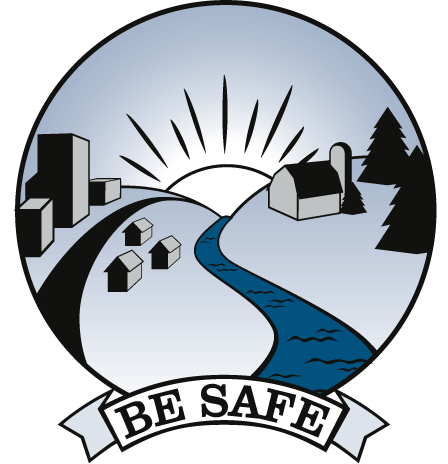![]()
![]()
The
ABC's of
Healthy Schools

Ask
Questions, Be a Voice for Children,
Create
a Healthy School Environment
Toxic Exposures
Every day at school, some 53 million students and five million staff are exposed to lead, radon, asbestos, chemical fumes, pesticides, molds, and other toxins. A recent survey of 206 school nurses in New York State revealed 71% knew students whose learning, health, or behavior was affected by indoor environmental contaminants. [NYSASN] Our nation�s 115,000 schools need over $250 billion for urgent repairs and new classrooms, but there are no federal laws or direct funds to address environmental health conditions in schools. [US GAO; NEA]
- Indoor
Air Pollution
Federal studies show an epidemic of indoor air quality problems at schools that can trigger asthma, a leading cause of school absences and occupational illness among teachers. Indoor air pollution can also cause headaches, eyes/nose/throat irritation, coughing, rashes, learning problems, respiratory diseases, and allergies. Even though indoor air pollution is one of the top five human health hazards in our country, there are still no enforceable indoor air quality standards.
- Children�s
Health
Increases in childhood diseases, hyperactivity, learning disabilities, and lower IQs have been linked with exposure to toxins typically found at schools. In 2001-02, over 1,000 students from 27 states had mysterious rashes that started at school. The Center for Disease Control (CDC) investigated and reported �applied chemicals� and hazardous renovation dusts caused some of the rashes. Schools are not required to report student illnesses or injury, and some have refused onsite investigations of unexplained illnesses. [CDC, HSN]
- Healthy
High Performance Schools
Schools designed and constructed using low toxicity materials, and maintained to promote air quality, are proven to boost test scores and the overall health of students. However, there are no government requirements to build these �healthier� schools, and almost no state laws that prohibit schools from being built on or near sources of pollution, such as toxic waste sites.
BE SAFE: Take Precautionary Action to Protect Our Children�s Health at School